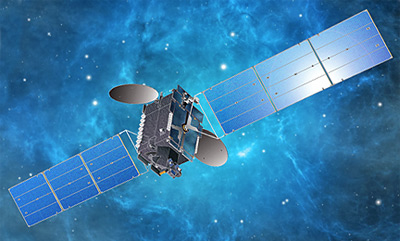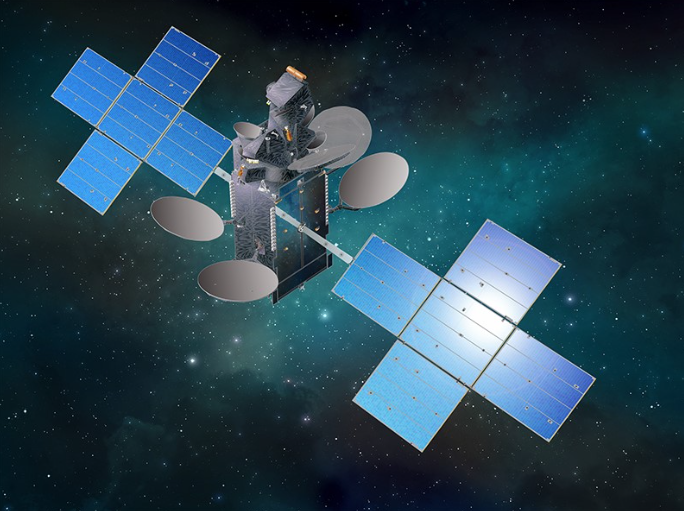
JCSat 15 [SS/Loral]
Final integration begins today for Arianespace’s year-ending Ariane 5 mission as the Star One D1 and JCSAT-15 satellites are installed on the heavy-lift launcher for its December 21 liftoff from the Spaceport in French Guiana.
Designated Flight VA234 in Arianespace’s launcher family numbering system, the mission will be the launch services company’s 11th liftoff in 2016 and the year’s seventh using an Ariane 5. It also is to mark the second time this year that Arianespace has launched two passengers built by Space Systems Loral (SSL) together on an Ariane 5.
The heavy-lift vehicle will carry a total payload of approximately 10,720 kg. and is to deploy its Star One D1 and JCSAT-15 satellites into geostationary transfer orbit during a flight lasting just over 43 minutes.
Upper and lower passengers for Ariane 5’s dual launch
To be installed today atop Ariane 5 is JCSAT-15 for Japanese operator SKY Perfect JSAT Corp. Once in orbit, its relay duties will be broadcasting the multi-channel pay TV service SKY PerfecTV! across Japan, as well providing data transfer communications and maritime/aviation applications for the Oceania and Indian Ocean regions.
JCSAT-15 replaces the N-SAT-110 satellite launched in 2000 by Arianespace, with the new spacecraft’s orbital location set for 110 degrees East longitude.

Star One D1 Satellite
Star One D1 –contained in Ariane 5’s SYLDA dispenser system and protected in a long version of Ariane 5’s ogive-shaped payload fairing – is to be positioned atop JCSAT-15, completing the payload integration process. The Star One D1 relay platform is the largest satellite ever built for Brazil’s Embratel Star One. When operational at its geostationary orbital position of 84 to 75 degrees West, Star One D1 will complement the service provided by Embratel Star One’s Brasilsat B4 satellite – launched by Arianespace in 1994 – extending operations in C-Band and bringing new capacities in Ku-band for Latin America and Ka-band for Brazil.
Follow Arianespace's launch activity

